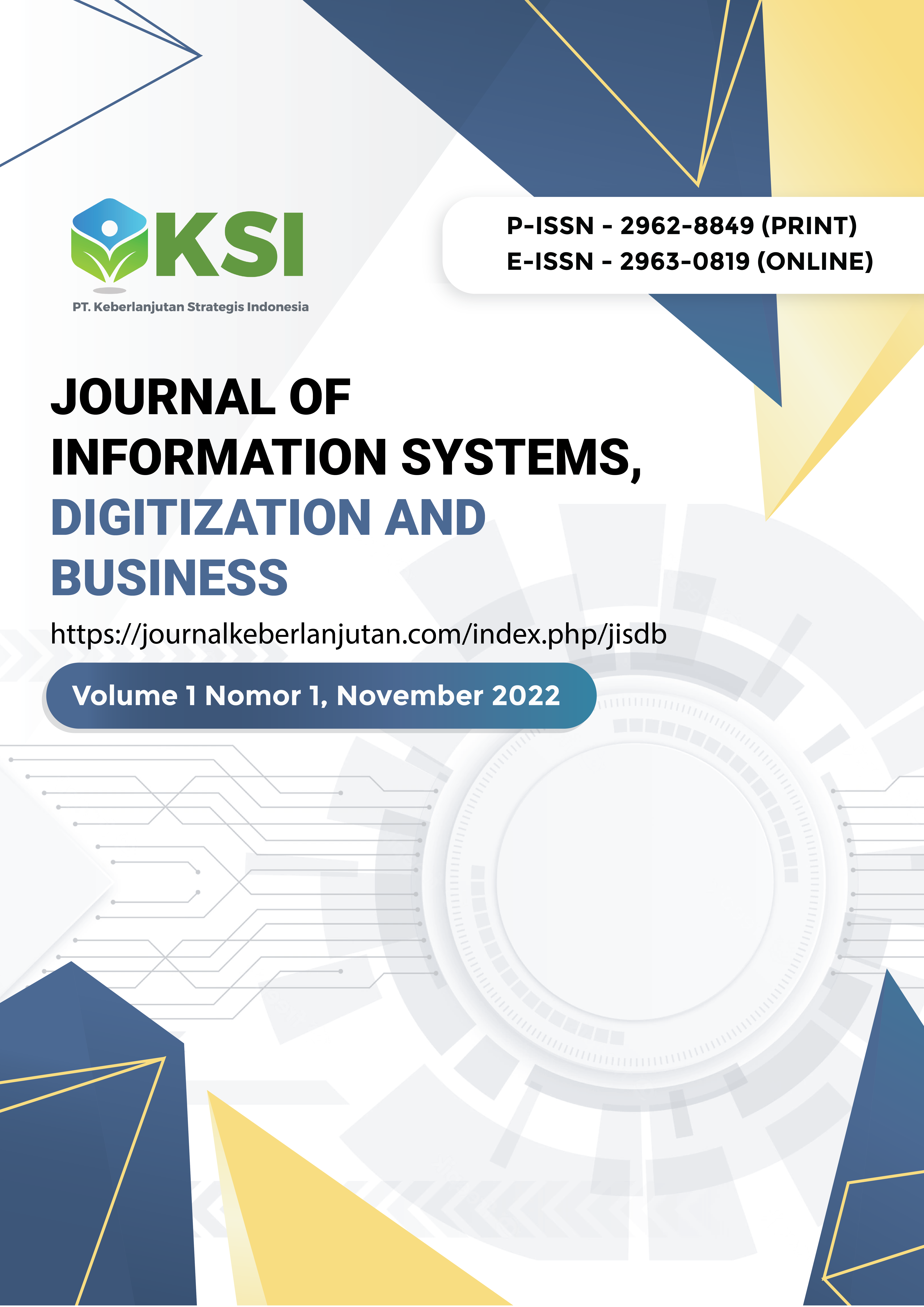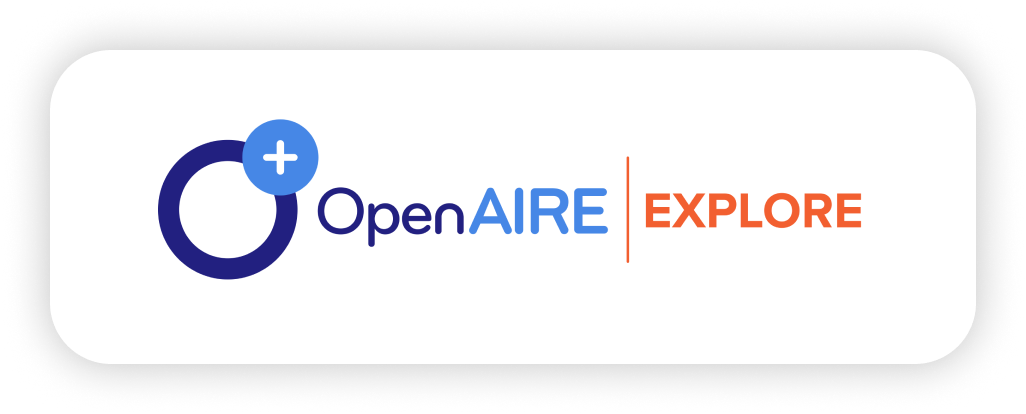Implications of Blockchain Technology on Strategic Human Resource Practices: Potential Losses of Key Functions
DOI:
https://doi.org/10.38142/jisdb.v1i1.1202Keywords:
Administrative Responsibility, Blockchain, Human Resource, Payroll, Performance Capability, Reward, Strategic Human Resource ManagementAbstract
In this paper, I argue that the implication of blockchain – a rising technology – may replace three human resource functions: rewards, administrative responsibilities, and performance management. A feature of blockchain that may cause this is called smart contracts, which are self-executing contracts with the terms of the agreement directly written into code. These smart contracts can automate and streamline various HR processes, from salary disbursements to performance appraisals and compliance management. By leveraging blockchain's decentralized and immutable nature, organizations can enhance efficiency, transparency, and security in these critical HR functions. Integrating blockchain technology promises to reduce administrative overhead, minimize errors and fraud, and foster greater employee trust. This paper explores the transformative potential of blockchain in HR, examining how blockchain-enabled systems can operate, the benefits they offer, and the broader implications for HR departments. By analyzing the potential displacement of traditional HR roles and the strategic considerations for adopting this technology, this study provides a comprehensive understanding of how blockchain can redefine HR functions and contribute to long-term organizational success.
Downloads
References
Adel, H., El-Bakary, M., ElDahshan, K., Salah, D. (2022). BC-HRM: A blockchain-based human resource management system utilizing smart contracts. In: Awan, I., Benbernou, S., Younas, M., Aleksy, M. (eds) The International Conference on Deep Learning, Big Data and Blockchain (Deep-BDB 2021). Lecture Notes in Networks and Systems, vol 309. Springer, Cham. https://doi.org/10.1007/978-3-030-84337-3_8
Adjei-Arthur, B., Gao, J., Xia, Q., da Silva Tavares, E., Xia, H., Amofa, S., & Wang, Y. (2022). A blockchain-adaptive contractual approach for multi-contracting organizational entities. Future Generation Computer Systems, 132, 93-107. https://doi.org/10.1016/j.future.2022.02.003
Ahammad, T. (2017). Personnel management to human resource management (HRM): How HRM functions. Journal of Modern Accounting and Auditing, 13(9), 412-420. http://dx.doi.org/10.17265/1548-6583/2017.09.004
Al Aina, R., & Atan, T. (2020). The impact of implementing talent management practices on sustainable organizational performance. Sustainability, 12(20), 8372. https://doi.org/10.3390/su12208372
Ayi, T. D., & Korang, V. (2024). Enhancing organizational performance: The impact of reward management on employee behavior. Convergence Chronicles, 5(2), 1-14.
Banaeian Far, S., Imani Rad, A. & Rajabzade Asaar, M. (2022). BB-CSP: An efficient blockchain-based collective salary payment framework using weighted functional encryption. SN COMPUT. SCI. 3, 408. https://doi.org/10.1007/s42979-022-01330-7
Bussin, M. H., Pregnolato, M., & Schlechter, A. F. (2017). Total rewards that retain: A study of demographic preferences. SA Journal of Human Resource Management, 15(1), 1-10. http://dx.doi.org/10.4102/sajhrm.v15.804
Chen, Z. (2023). Revolutionising HRM practice with blockchain technology: Unleashing disruptive paradigms of work and overcoming management challenges. Technology Analysis & Strategic Management, 1-14. https://doi.org/10.1080/09537325.2023.2282083
Dash, S. P. (2023). HR digital transformation: Blockchain for business. In: Panda, S.K., Mishra, V., Dash, S.P., Pani, A.K. (eds) Recent Advances in Blockchain Technology. Intelligent Systems Reference Library, vol 237. Springer, Cham. https://doi.org/10.1007/978-3-031-22835-3_3
DeNisi, A. S., & Murphy, K. R. (2017). Performance appraisal and performance management: 100 years of progress? Journal of Applied Psychology, 102(3), 421. https://psycnet.apa.org/doi/10.1037/apl0000085
Godavarthi, B., Dhar, M., Devi, S. A., Raju, S. S., Balaram, A., & Srilakshmi, G. (2023). Blockchain integration with the internet of things for the employee performance management. The Journal of High Technology Management Research, 34(2), 100468. https://doi.org/10.1016/j.hitech.2023.100468
Khan, S. (2023). Strategic HRM: Linking people management with business strategy. Advance Journal of Econometrics and Finance, 1(1), 14-26.
Król, M., Sonnino, A., Al-Bassam, M., Tasiopoulos, A. G., Rivière, E., & Psaras, I. (2021). Proof-of-prestige: A useful work reward system for unverifiable tasks. ACM Transactions on Internet Technology (TOIT), 21(2), 1-27. https://doi.org/10.1109/BLOC.2019.8751406
Liu, L., Han, M., Zhou, Y., Parizi, R.M., Korayem, M. (2020). Blockchain-based certification for education, employment, and skill with incentive mechanism. In: Choo, KK., Dehghantanha, A., Parizi, R. (eds) Blockchain Cybersecurity, Trust and Privacy. Advances in Information Security, vol 79. Springer, Cham. https://doi.org/10.1007/978-3-030-38181-3_14
Marler, J. H., & Parry, E. (2016). Human resource management, strategic involvement and e-HRM technology. The International Journal of Human Resource Management, 27(19), 2233-2253. https://doi.org/10.1080/09585192.2015.1091980
Mik, E. (2017). Smart contracts: terminology, technical limitations and real world complexity. Law, innovation and technology, 9(2), 269-300. https://doi.org/10.1080/17579961.2017.1378468
Nurhasanah, Y., Prameswari, D., & Fachrunnisa, O. (2021). Blockchain-based solution for effective employee management. In Proceedings of International Conference on Smart Computing and Cyber Security: Strategic Foresight, Security Challenges and Innovation (SMARTCYBER 2020) (pp. 147-154). Springer Singapore. https://doi.org/10.1007/978-981-15-7990-5_14
Nzuva, S. (2019). Smart contracts implementation, applications, benefits, and limitations. Journal of Information Engineering and Applications, 9(5), 63-75. http://dx.doi.org/10.7176/JIEA/9-5-07
Quader, M. (2024). Exploring human resource management practices and employee satisfaction in Bangladesh's private banking sector. Journal of Policy Options, 7(1), 36-45.
Rokeman, N. R. M., Kob, C. G. C., & Sobry, H. C. (2023). The role of reward in teachers’ job satisfaction towards job performance: A literature review. Malaysian Journal of Social Sciences and Humanities (MJSSH), 8(11), e002591-e002591. https://doi.org/10.47405/mjssh.v8i11.2591
Salah, D., Ahmed, M. H., & ElDahshan, K. (2020). Blockchain applications in human resources management: Opportunities and challenges. In: Proceedings of the 24th International Conference on Evaluation and Assessment in Software Engineering (pp. 383-389). https://doi.org/10.1145/3383219.3383274
Sarmah, S. S. (2018). Understanding blockchain technology. Computer Science and Engineering, 8(2), 23-29. http://dx.doi.org/10.5923/j.computer.20180802.02
Sharples, M., & Domingue, J. (2016). The blockchain and kudos: A distributed system for educational record, reputation and reward. In Adaptive and Adaptable Learning: 11th European Conference on Technology Enhanced Learning, EC-TEL 2016, Lyon, France, September 13-16, 2016, 11 (pp. 490-496). Springer International Publishing. https://doi.org/10.1007/978-3-319-45153-4_48
Sifah, E. B., Xia, H., Cobblah, C. N. A., Xia, Q., Gao, J., & Du, X. (2020). BEMPAS: a decentralized employee performance assessment system based on blockchain for smart city governance. IEEE Access, 8, 99528-99539. https://doi.org/10.1109/ACCESS.2020.2997650
Varghese, J., Khetade, N., & Shetty, S. (2021). Study for organisation’s equity theory with respect to motivation of its employee: with reference to a hospital in mumbai suburban. International Journal of Science and Research, 10(2), 1400-1406.
Wang, C., & Eugenio-Villanueva, L. (2024). The impact of extrinsic and intrinsic rewards on employee satisfaction: Towards a reward management plan. Journal of Education and Educational Research, 8(3), 505-518. https://doi.org/10.54097/m4626y62
Downloads
Published
Issue
Section
License
Copyright (c) 2025 William Ben GUNAWAN

This work is licensed under a Creative Commons Attribution-NonCommercial 4.0 International License.
Creative Commons Attribution-NonCommercial 4.0 International License.





















